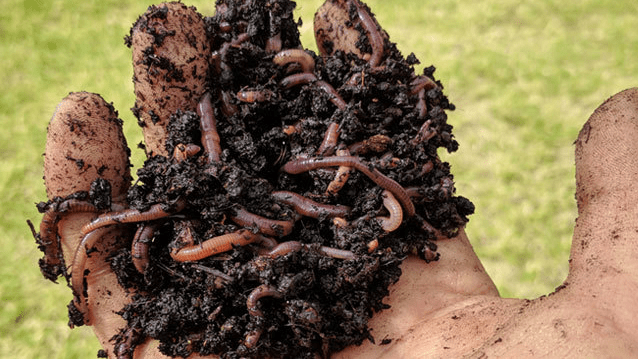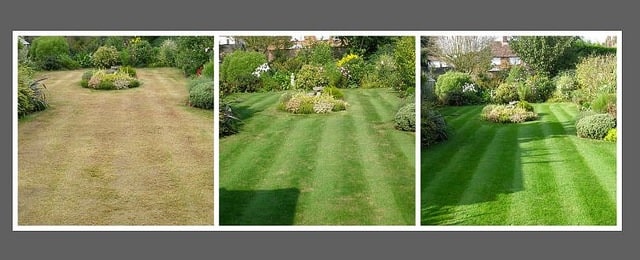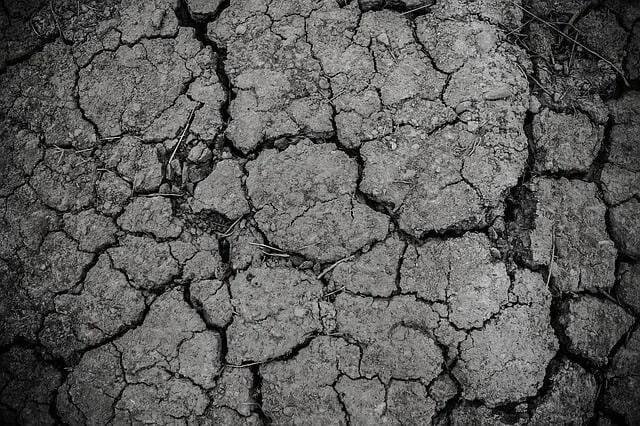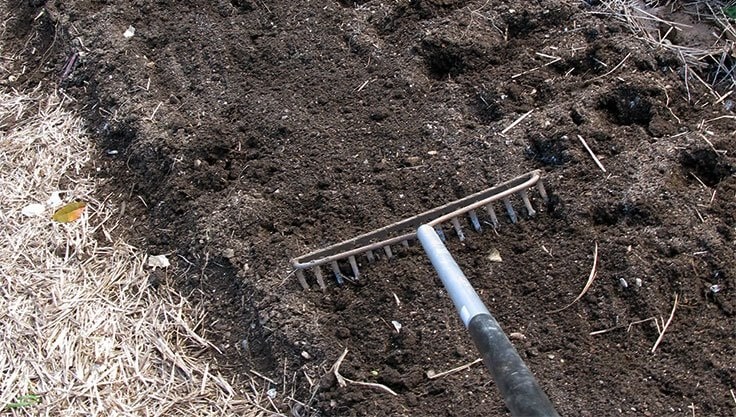When it comes to caring for my lawn, the order in which I fertilize, mow, and scarify is important to ensure my grass stays healthy and strong.
In spring, it can be unclear which task should be done first in lawn care. Do I need to scarify every year? And if so, should I fertilize before or after? When should I sow new grass seeds, and should I mow the grass high or low at the start? To help me plan the best lawn care after winter, I’ve put together the key tasks for a fresh and vibrant lawn in the correct order:
Contents
Clean the Lawn
I start by collecting any debris, stones, and branches from the lawn. I rake the grass to remove anything that doesn’t belong, including dead grass, moss, lichen, and weeds. I also break apart any molehills I find.
If there’s any standing water on the lawn, I use a fork or digging fork to make holes in the soil, loosening the area and allowing the water to drain away.
Mow the Lawn
I mow the lawn as soon as the natural growth begins, which usually happens in March or April, depending on my region, as long as the temperatures stay above five degrees Celsius. The ideal cutting height for a typical lawn is between four and five centimeters. If the grass is already a bit longer, I set the mower to a higher cutting setting for the first mowing of the year.
I can easily do this with the GOAT A3000 LiDAR robot mower from ECOVACS, where I can adjust the cutting height quickly via an app. Thanks to its automated mapping, there’s no need to lay down a boundary wire, and the mower detects and avoids obstacles. Using the robot mower not only saves me time but also reduces fertilizer use, as the fine clippings with their nutrients stay on the lawn instead of going into the collection bin and then to the compost bin.
Fertilize the Lawn
After mowing, it’s time to fertilize. I use a fertilizer that’s specifically tailored to my lawn’s needs and carefully follow the instructions on the packaging to avoid over-fertilizing and causing damage. Slow-release fertilizers are the best choice. I aim to fertilize on a day when the sky is overcast and the weather is dry. After fertilizing, I leave the lawn for at least two days before mowing it again.
Scarify the Lawn if Necessary
As temperatures rise and the grass continues to grow, it’s time to scarify. I make sure to set the scarifier blades at the right depth. The ideal time for scarifying is after the second or third mowing, typically from mid-April to mid-May, depending on the weather and my region. However, I wait at least 14 days after fertilizing before scarifying.
I make sure not to set the scarifier too deep—no deeper than two to three millimeters—so I don’t damage the roots too much. If the scarifier goes too deep, I risk creating gaps in the lawn, where weeds can settle in. By scarifying less deeply, I reduce the effort needed for reseeding and protect the grass roots.









